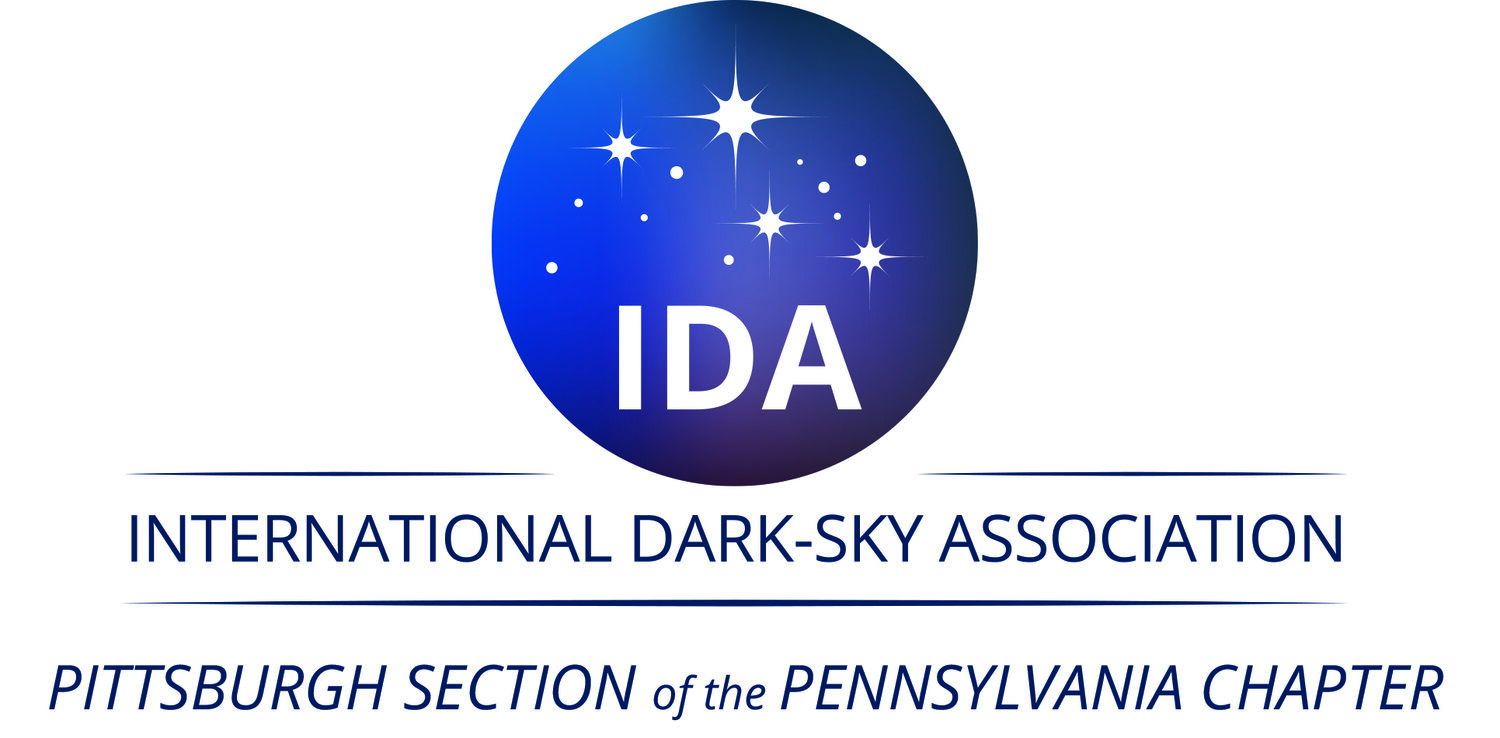Interview with Douglas Sprigg
Dark Skies from the Other Side of the World
by Katharine Lee
When I interviewed Douglas Sprigg, the director of Arkaroola Wilderness Sanctuary in South Australia, it was early morning where I was on the East Coast of the United States. On the other side of the Earth, Mr. Sprigg was calling me after a night of observatory tours, when the darkness of the night sky was at its deepest. During the interview, he gave me a greater insight into the importance of dark skies as it relates to both the animals on his sanctuary as well as the humans that come to visit his observatories.
Mr. Sprigg has had many wonderful experiences with star-filled skies, the earliest of which he remembers coming from the camping trips he took with his parents. Mr. Sprigg’s father, the previous director of Arkaroola, was a prolific geologist and scientist who would take his family on his outback travels. When he was seven years old, Mr. Sprigg was brought along on the first motorized crossing of the Simpson Desert, and he recounts “sleeping under the wonder and majesty of the celestial canopy.” He told me about how his own curiosity as a child towards the night sky is mirrored in the children that he sees on the astronomical observatory tours that he has run since 1986. He said that dark skies are an essential part of nurturing scientific interest in young people, as “enquiring and challenging what we think we know is all part of science.”
During our hour-long talk over FaceTime, Mr. Sprigg gave me a miniature observatory tour of my own, bringing me to a telescope in one of the four observatories open to the public at Arkaroola. Despite the poor connection and shaky video signal, he was able to show me some beautiful images of the various celestial objects that are visible from Australia’s night sky. Through the telescope, we could see everything from Saturn and its distinctive tilted rings to the M57 Ring Nebula with its orange-red border born from nitrogen and sulfur. When I asked him about his favorite object to view in the night sky, he replied that he had a fondness for just about anything in space, and what he really loves was “seeing people suddenly get enthused about astronomy,” something that he gets to experience every time he brings someone up to the telescopes and shows them the beauty of binary stars, planets, nebulae, galaxies, and so on. As someone who has a deep love for astronomy myself, I was grateful for the opportunity to look through the telescopes, even as far away from the actual equipment as I was.
Besides the up-close astronomical examination of the night sky that can be done with a telescope, there is also the overall impact of the dark sky on both humans and animals. There are many animals living in Arkaroola that would be negatively impacted by light pollution, like the yellow-footed rock wallabies which are most active during the night. Mr. Sprigg showed me a picture of Cato, a rock wallaby that came to live with them for four months after an eagle attack, who is not only an adorable, wide-eyed, fluffy creature, but also an important reason to protect Australia’s dark skies. Where Mr. Sprigg lives, he says that he can often see stars down to magnitude 7 with the naked eye. He mentioned that the increased immigration to Australia’s urban areas, most of which are coastal, means that although the inland is more sparsely populated and light pollution is low by European and American standards, it is increasing as urban development continues. This could become problematic, as increased light pollution impacts Australia’s environment and makes it more difficult for people to enjoy the aweinspiring and wonderful experience of clear dark skies.
What I gained from this conversation was a deeper understanding of the importance of the dark skies, and how they are essential not only from a scientific perspective, but also from a communal one. Each generation’s continued love and fascination with what we can see in the night sky is essential to foster scientific growth for ages to come.
- Katharine Lee

